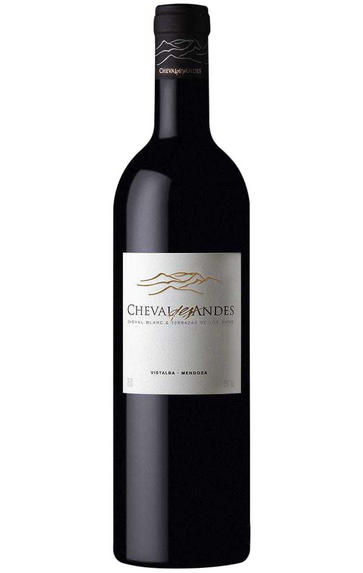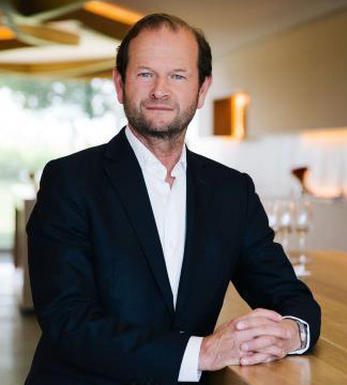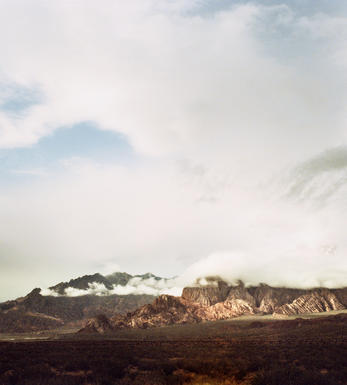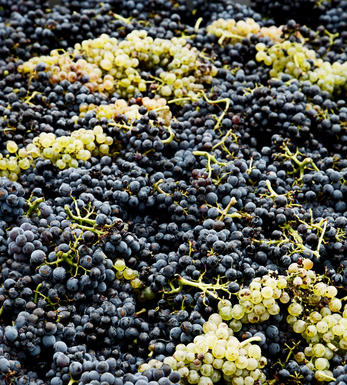
2018 Cheval des Andes, Mendoza, Argentina

Critics reviews
Drink 2026 to 2042
Jane Anson, Inside Bordeaux (October 2021)
The 2018 Cheval des Andes is a blend of 70% Malbec and 30% Cabernet Sauvignon fermented in small lots in 3,000- to 8,000-liter tanks and matured 40% in 225-liter oak barrels, 40% in 400-liter oak barrels and the remaining 20% in 2,500-liter oak vats for 13 months. Ninety percent of the oak used was French and the rest a blend of Austrian, Slovenian and German oak, 50% of it new. 2018 has been one of the best vintages in recent times in Mendoza, and the wine shows it. It's a cooler vintage, and the wine has improved in freshness and elegance without losing any clout. It's 14.5% alcohol and has a pH of 3.73. This is young, juicy, elegant and balanced and still has some herbal and toasted notes; it's medium to full-bodied, with the creamy and luxurious texture of the modern Bordeaux, ultra fine tannins and a long, dry and precise finish. It's still undeveloped and seems to have all the components and the balance between them for a long and positive development in bottle. With wines like this, I sometimes wish I had a time machine so I could see them in 20 years from now... I think this is the finest Cheval des Andes I've ever tasted. 100,000 bottles produced. It was bottled in January 2020.
Drink 2022 - 2040
James Suckling, jamessuckling.com (Dec 2020)
Continuing the trend of more Malbec in the blend, the 2018 Cheval Des Andes is another remarkable wine based on 70% Malbec and 30% Cabernet Sauvignon that was fermented in tank and aged in 40% new Bordeaux barrels, with the balance in larger 400-liter barrels and one larger 2,500-liter oak vat. While the cooperage here is mostly French, they do include a touch of eastern European oak as well. Tasting like the 2016, only better, this beauty has gorgeous cassis, black cherry, and black raspberry fruit as well as plenty of ripe tobacco, green cedar, rosemary, damp earth, and spring flower-like aromas and flavors. As with the 2016, there's an herbal, subtly green undercurrent here (although it’s more mitigated here), but this is just pure, focused, and impeccably balanced, with beautiful fruit, gorgeous tannins, and an undeniable salinity on the finish. A brilliant wine, it has another 10-15 years of prime drinking.
Drink 2022 - 2037
Jeb Dunnuck, jebdunnuck.com (Mar 2022)
The 2018 Cheval Des Andes is a blend of 70% Malbec – half from Las Compuertas and half from Paraje Altamira – and 30% Cabernet Sauvignon from Las Compuertas. It was aged in barrels and foudres, 50% in new oak. Purplish red in the glass. It shows an expressively complex nose of plum, cherry and hints of spice, pepper, ink, blackberry, and blackcurrant. The oak provides a profound and subtle backdrop of sweet spice. In the mouth, it’s viscous and broad with a little juice, velvety in texture and with very fine tannins. The finish is long-lasting with a satisfying feel. A relaxed, delicate, extremely well-balanced wine with a more generous core than the 2017 vintage.
Drink 2021 - 2038
Joaquin Hidalgo, vinous.com (Nov 2021)
About this WINE

Cheval des Andes
Cheval des Andes is a wine estate in Mendoza, Argentina. It is a collaboration between Château Cheval Blanc of Bordeaux and Terrazas de los Andes of Mendoza.
The idea for the project came from Pierre Lurton, then the president of Cheval Blanc, and winemaker Roberto de la Mota. Their goal was to produce a “Grand Cru” equivalent wine in Las Compuertas, a sub-region of Luján de Cujo in Mendoza. The first vintage of Cheval des Andes was 1999.
The vineyard sits at up to 1,070 metres elevation, creating a cool microclimate for the grapes to ripen slowly. Malbec is the dominant variety here. The vineyard boasts old, ungrafted vines of Malbec that were planted in 1929.
There is also a healthy proportion of Cabernet Sauvignon, along with a small amount of Petit Verdot. Pierre Lurton was particularly interested in Malbec, given its historical significance in St-Emilion – and its huge popularity in Argentina.
Since 2019, Cheval des Andes has been distributed through La Place de Bordeaux. The first vintage released this way was the 2016.

Mendoza
With its western borderline dominated by the Andes and its 146,000 hectares of vineyards representing 70% of the country’s wine production, Mendoza is Argentina’s biggest and most important wine-growing province.
Mendoza’s vineyards are a haven to Old World varieties including Cabernet Sauvignon, Merlot, Syrah, Tempranillo, Bonarda, Sangiovese, Barbera, Chardonnay, Sauvignon Blanc and Chenin Blanc. The province’s signature grape is Malbec.
Mendoza still produces large amounts of inexpensive wine for domestic consumption, as well as grape concentrate, but the sub-region of Luján de Cuyo stands out with some lovely velvety Malbecs, while the cool, gravelly Maipú is best for Cabernet Sauvignon.
The most exciting area in Mendoza for fine whites, however, is the Uco Valley, that has the highest vineyards, up to 1,200 metres above sea level. Chardonnay, Sauvignon, Chenin, Pinot Grigio and Torrontés fare particularly well in its cool climate. Its sub-region of Tupungato produces Argentina’s best Chardonnay.

Other Varieties
There are over 200 different grape varieties used in modern wine making (from a total of over 1000). Most lesser known blends and varieties are traditional to specific parts of the world.


Buying options
Add to wishlist
Description
The 2018 Cheval des Andes is a blend of 70% Malbec and 30% Cabernet Sauvignon fermented in small lots in 3,000- to 8,000-liter tanks and matured 40% in 225-liter oak barrels, 40% in 400-liter oak barrels and the remaining 20% in 2,500-liter oak vats for 13 months. Ninety percent of the oak used was French and the rest a blend of Austrian, Slovenian and German oak, 50% of it new. 2018 has been one of the best vintages in recent times in Mendoza, and the wine shows it. It's a cooler vintage, and the wine has improved in freshness and elegance without losing any clout. It's 14.5% alcohol and has a pH of 3.73. This is young, juicy, elegant and balanced and still has some herbal and toasted notes; it's medium to full-bodied, with the creamy and luxurious texture of the modern Bordeaux, ultra fine tannins and a long, dry and precise finish. It's still undeveloped and seems to have all the components and the balance between them for a long and positive development in bottle. With wines like this, I sometimes wish I had a time machine so I could see them in 20 years from now... I think this is the finest Cheval des Andes I've ever tasted. 100,000 bottles produced. It was bottled in January 2020.
Drink 2022 - 2040
wine at a glance
Delivery and quality guarantee